- Home
- About Us
- Tel : +91 33 4022 9591
BanffView all the popular packagesOffers
3 Popular Packege(s)
Area 4.88 Square Kilometers
Population 7584 Million
Winter Temperature -15C
Summer Temperature 22C
Best Time To Visit The best times to visit Banff are June to August and December to March. Nature lovers will want to get to the park when the weather is warm and welcoming (and while the hotel rates in town are at a reasonable level). The skiers, however, will want to vacation in the height of winter. Depending on what you want to do, Banff can be seen as an almost year-round destination (although fall can be a bit of a gamble). Temperatures fluctuate dramatically throughout the year; average winter temperatures range from the single digits to the low 30s. During the summer, average temperatures range from 40 to 70 degrees Fahrenheit. No matter when you choose to visit, plan to wear sunglasses, a hat and plenty of sunscreen to protect against UV exposure: The sun at these alpine altitudes is strong.
By Air
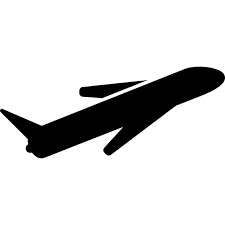
Calgary International Airport (YYC) is 120 km away from Banff. It is the closest airport. The Airport has airlines that provide non-stop daily and direct flights from all over the world.
By Road

After arriving at the airport, majority of tourists prefer taking a car on rent. It gives them utmost flexibility. However, it must be kept in mind that the effect on the environment wonât be good if you drive a car inside a national park.
Banff National Park
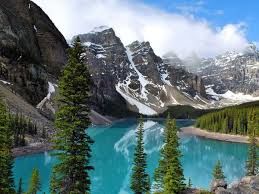
Banff National Park /ˈbæmf/ is Canada's oldest national park, established in 1885 in the Rocky Mountains.
Lake Minnewanka
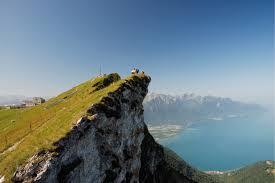
Lake Minnewanka is a glacial lake located in the eastern area of Banff National Park in Canada, about five kilometres northeast of the Banff townsite.
Banff Upper Hot Springs
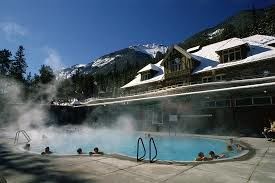
Banff Upper Hot Springs are commercially developed hot springs located in Banff National Park in Canada, near the Banff townsite. The hot pool is outdoors and while in the pool, visitors can look across the valley to Mount Rundle.
Mountain in Banff, Canada
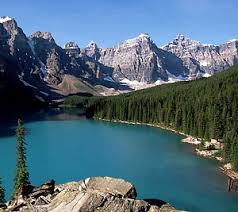
Sulphur Mountain is a mountain in Banff National Park in the Canadian Rocky Mountains overlooking the town of Banff, Alberta, Canada. The mountain was named in 1916 for the hot springs on its lower slopes.
Cave and Basin National Historic Site
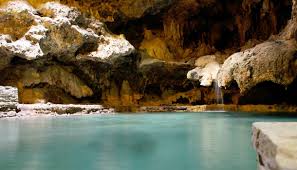
The Cave and Basin National Historic Site of Canada is located in the town of Banff, Alberta, within the Canadian Rocky Mountains, at the site of natural thermal mineral springs around which Canada's first national park, Banff National Park, was established.
Vermilion Lakes

Lake in Canada
The Vermilion Lakes are a series of lakes located immediately west of Banff, Alberta, in the Canadian Rocky Mountains. The three lakes are formed in the Bow River valley, in the Banff National Park, at the foot of Mount Norquay.
Bow Falls
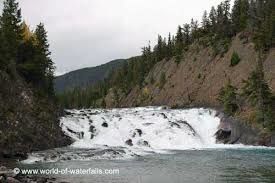
Waterfall in Banff, Canada
Bow Falls is a major waterfall on the Bow River, Alberta just before the junction of it and the Spray River. The falls are located near the Banff Springs Hotel and golf course on the left-hand side of River Road
Banff Park Museum
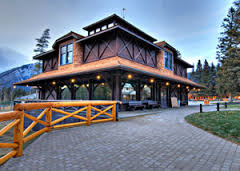
The Banff Park Museum National Historic Site, located in downtown Banff, Alberta, is an exhibition space associated with Banff National Park.Cascade Mountain.
Mountain in Alberta, Canada
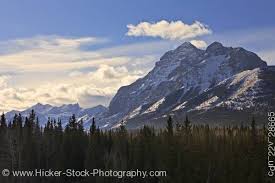
Cascade Mountain is a mountain located in the Bow River Valley of Banff National Park, adjacent to the town of Banff. The mountain was named in 1858 by James Hector after the waterfall or cascade on the southern flanks of the peak.
Tunnel Mountain
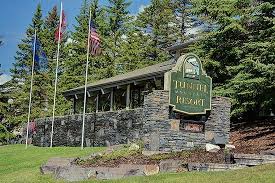
Mountain in Alberta, Canada
Tunnel Mountain is a mountain located in the Bow River Valley of Banff National Park in Alberta, Canada. The mountain is nearly completely encircled by the town of Banff and the Banff Springs Hotel grounds
Cow's Banff
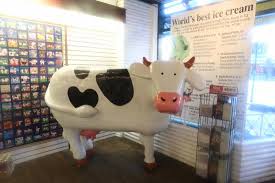
Address: 134 Banff Ave, Banff, AB T1L, Canada
Mountain Chocolates
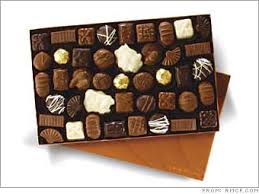
Address: 200 Banff Ave, Banff, AB T1L, Canada
Banff Indian Trading Post
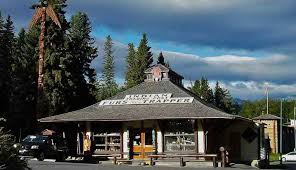
Address: 101 Cave Ave, Banff, AB, Canada
Balkan Restaurant
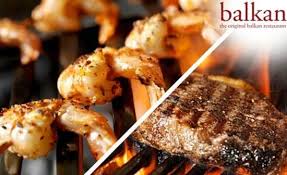
This cheery, longstanding eatery features traditional Greek fare such as moussaka & gyros.
Address: 120 Banff Ave, Banff, AB T1L 1B6, Canada
Eddie Burger Bar
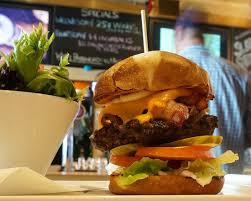
Fast Food Restaurant
Creative burgers are served at this casual nook also offering poutine, wings, craft beers & shakes.
Address: 137 Banff Ave #6, Banff, AB T1L 1B7, Canada
The Bison
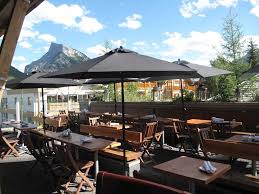
Canadian Restaurant
Seasonal Canadian cuisine prepped in an open kitchen, plus a terrace with mountain views.
Address: 211 Bear St, Banff, AB T1L 1E4, Canada
Indian Curry House
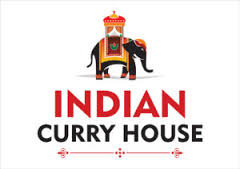
Restaurant
Address: 225 Banff Ave, Banff, AB T1L, Canada

